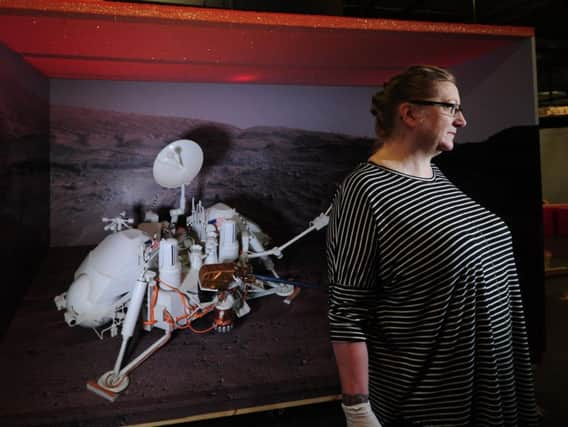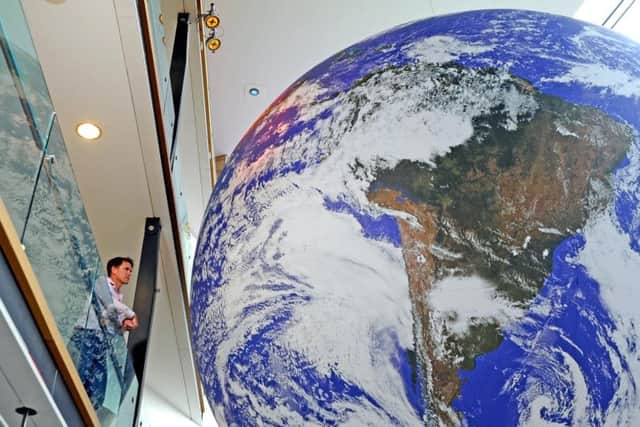Last chance to see Bradford's National Media Museum exhibition on the universe, Galileo Galilei and the moon landing


The interactive display in Bradford - which looks at how information from the cosmos has been recorded over hundreds of years, and in particular the decades of exploration that followed the 1969 moon landing - ends on January 22.
Since opening in July 2019, more than 100,000 people have visited the free exhibition
Advertisement
Hide AdAdvertisement
Hide AdThe exhibition’s journey starts with Galileo Galilei, and his hand drawings of the moon from the 17th century.


It takes in the significant role played by a Bradfordian, Mike Dinn, in the 1969 moon landing story, also looking at the image and sound technologies that allow the depths of the universe to be explored in greater detail than ever before.
Exhibition curator Annie Jamieson said: “Throughout history there’s evidence of humankind’s fascination with the moon and stars, which has led us to today’s exploration of the furthest reaches of our solar system and beyond.
"This exhibition looks at the incredible technology that’s been developed to allow us to see, hear and even smell space, as well as offering families the chance to interact with out-of-this-world demonstrations and activities.”
Advertisement
Hide AdAdvertisement
Hide AdGalileo was one of the first people to view the moon through a telescope, making highly detailed drawings of what he saw. These are on display in an original copy of his 1610 book Starry Messenger.
-> New independent era for cinema at Bradford's National Science and Media Museum launchesThe exhibition goes on to focus on the Apollo 11 flight and moon landing, and specifically how technology was developed to transmit live pictures a quarter-of-a-million miles back to earth.
It includes the role of Mike Dinn, born and educated in Bradford, West Yorkshire, who emigrated to Australia and played a significant part in this event.
In 1969 he was deputy director at the Honeysuckle Creek communications station in Canberra, the facility which received the images of Neil Armstrong’s historic moment and made them available for broadcast across the earth’s TV networks.
Advertisement
Hide AdAdvertisement
Hide AdAlso featured are a range of objects related to space travel from the 1960s to the present day, from the personal collection of Mark Wrigley from Sheffield, a trustee of the Institute of Physics.
His interest in science and technology stemmed from watching the first moon landing live on television as a boy. He filmed the screen with a Super 8 camera, in the days before domestic TV recording technology existed, and this footage is also displayed alongside items of memorabilia.
Displays include a half-size scale model (2.3m x 1m) of Viking, NASA’s first Mars lander, and the latest, most detailed images of the cosmos projected onto a 5m x 3m screen, giving families the chance to journey through the solar system and beyond, looking at the ways stars and planets are viewed and understood.
Visitors can also have a go at sketching the moon based on Galileo’s famous drawings.